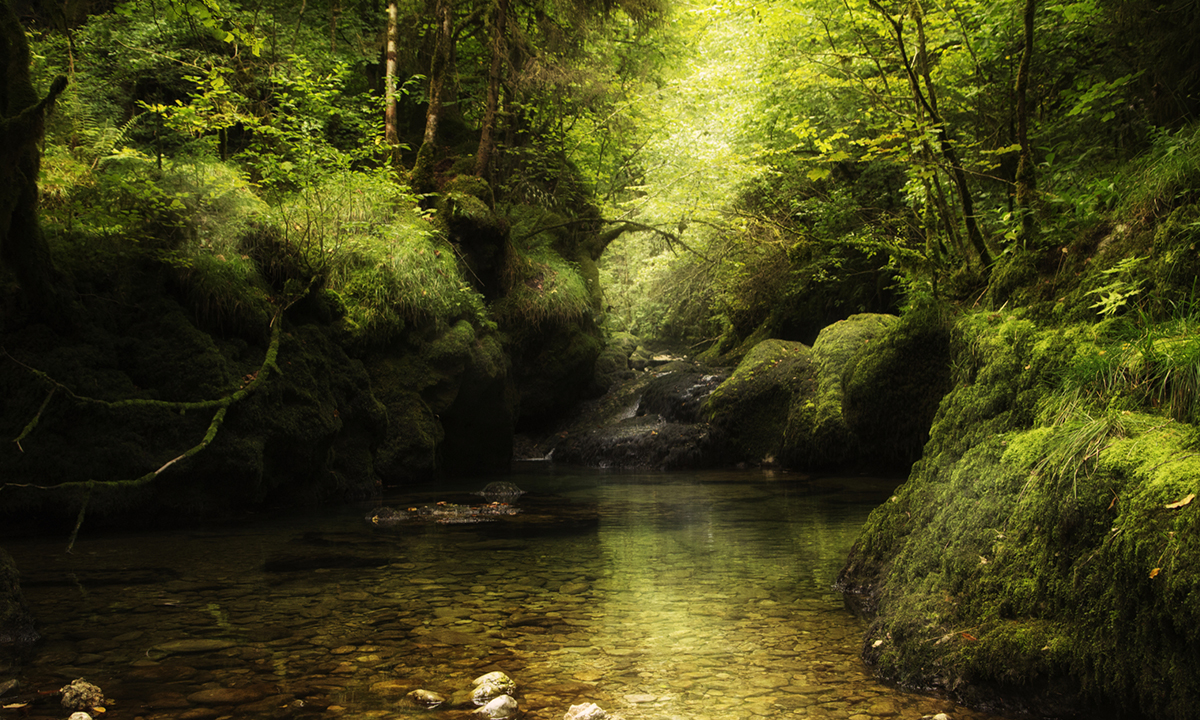We convened a group of senior leaders on Sept. 14, 2023, to consider how business can protect nature’s bounty in the UK’s wild isles and the world beyond. The Hintze Hall of London’s Natural History Museum provided an inspiring setting for the discussion, and we benefited from the insights of two distinguished speakers – Tanya Steele, CEO of the UK office of WWF, the world’s largest conservation organization, and Mark Versey, chief executive of Aviva Investors. Here are a few of our key takeaways:
- The business case for preserving nature is strong and urgent. Nearly half the global economy with a value of some $44 trillion is moderately or very dependent on nature. This includes the pharmaceutical industry, which derives roughly a quarter of its drugs from rainforests. But these resources face a growing threat from industrial pollution, sprawling urbanization, intensive monoculture farming, and other features of our modern economies. These forces have reduced global wildlife populations by an estimated 70% since 1970. The UK suffers from some of the worst nature depletion of any major country in the world. Repairing and restoring our natural inheritance won’t be easy or painless, but deferring action is no solution. Mark cited estimates putting the cost of nature remediation at around 8% of GDP today, but 17% in a decade’s time.
- Preserving nature is inextricably linked to combatting climate change. Businesses may feel overwhelmed by the challenge of getting on a path to net zero and want to defer examining how their operations affect nature, but it’s not a case of either/or. Climate and nature are urgent and complementary challenges. Nearly a quarter of climate change is caused by nature loss, particularly deforestation. So companies and governments looking to limit the amount of global warming should regard nature as part of the solution. Investments in restoring forests, for instance, can generate carbon offsets that help towards a company’s climate goals. As Tanya put it, there are no viable paths to net zero that doesn’t assume we will have more nature rather than less.
- Business should take the lead on nature. Companies have the funds and the expertise to start tackling the problem, and they risk reputational loss for any environmental damage they may have caused if they don’t engage in restoration. The key is building a business case for action, one that combines profit potential with doing the right thing. Mark described how his firm invested in a peatland restoration and afforestation project in Scotland. Those initiatives will sequester carbon, providing valuable offsets, while the nature restoration promises to spur tourism, generating another revenue stream. The value of the underlying land also stands to appreciate. Such efforts are still relatively few and far between, but success can have an accelerating impact. Just look at the astonishing progress of the energy transition, where renewables like solar and wind power are now cheaper than conventional sources in many areas and China has become the world leader in electric vehicles in recent years.
- Governments and consumers also have important roles to play. Governments need to transition from imposing penalties after damage is done to the environment to encouraging positive nature stewardship. The UK government this year launched a plan to spur investment in nature through the creation of tradeable credits companies could earn by investing in farms and land and coastal managers that support nature recovery, clean water, and the like. It also is contributing to a new Global Biodiversity Framework Fund that aims to reduce and reverse species loss. It will be important to sustain and build on those commitments and not cede leadership, as the UK risks doing on climate to countries like the United States with its big subsidies for renewables.
- Better data is needed to win over minds, but nature usefully captures hearts. We lack recognizable standards for nature loss, which makes it difficult to quantify the risk and attract investment. Big institutions are showing more interest in nature but want hard numbers on where the big risks sit in their portfolios, and what returns nature preservation efforts can generate. Such information is especially important because of the long-term aspect of the problem. Nature will bounce back but its recovery is likely to be measured over decades, not quarters. Poor data and high fees on nature-based solutions also deter participation by retail investors. Yet nature is very tangible to ordinary people, which is one of the biggest reasons for optimism. People like watching nature programs on television and taking walks in the country. They react viscerally to scenes of floods and wildfires. If we can tap into people’s connection with nature, educate them on where the risks lie and what the solutions are, we can make consumers much more powerful advocates for change from companies and government.

